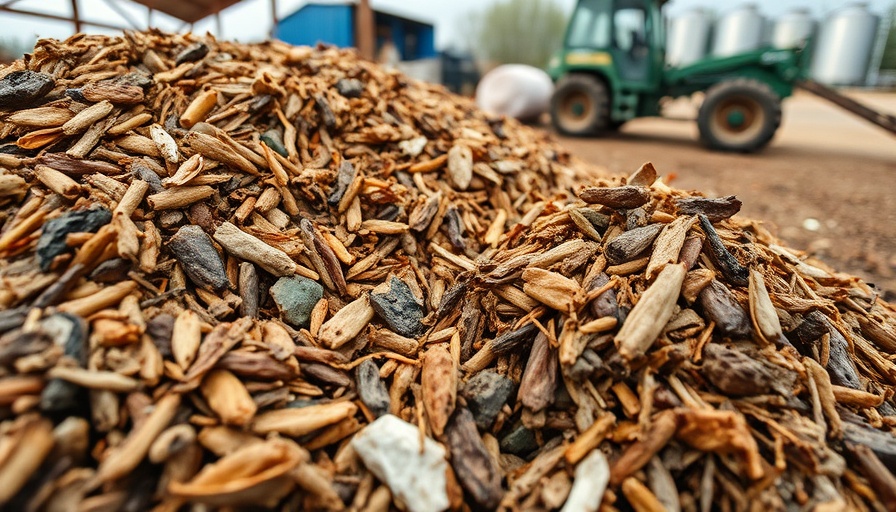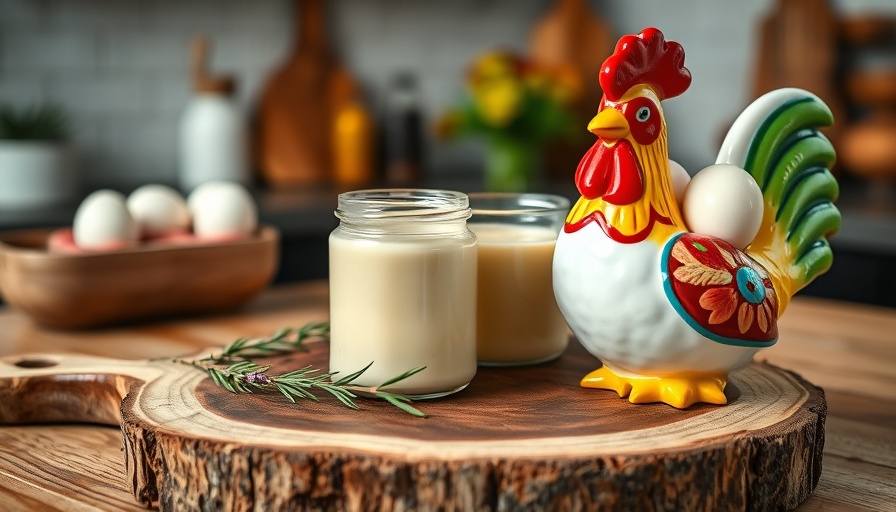
Why Litter Management Matters in Poultry Farming
Do you know what's brewing in your poultry barn? Litter management might seem basic, but it plays a critical role in the health and productivity of your poultry farm. The average broiler chicken grower anticipates losing anywhere from 1% to 5% of their chicks in each 45-day production cycle. But here's the catch: the handling of litter can be the difference between success and proliferation of problems.
The Hidden Costs of Poor Litter Choices
Your litter amendment choices can significantly affect not only the welfare of your birds but also the long-term success of your equipment and overall operations. With options like acidifiers and microbial treatments, each choice embodies unique responsibilities and benefits. However, many of these amendments aren’t necessarily available for organic production, posing a unique challenge to organic poultry farmers who face stringent regulations.
Humidity: The Silent Enemy
A significant factor in litter management is humidity, which often turns barns into hotbeds for ammonia production. The consequences of elevated ammonia levels can be dire: it irritates both chicken and human respiratory tracts, effects compounded in the winter months when ventilation is limited. Keeping ammonia levels in check is an essential responsibility for poultry managers, due to not only the welfare of the birds but the safety of the workers.
Importance of Choosing Quality Over Quantity
Finally, the essence of litter amendment boils down to a simple principle: quality over quantity. Subpar materials can lead to higher costs in the long run, whether through increased litter replacement cycles or fluctuating ventilation needs due to unmanaged ammonia. Making informed, high-quality decisions today can prevent costly consequences tomorrow.
 Add Row
Add Row  Add Element
Add Element 



 Add Row
Add Row  Add
Add 
Write A Comment